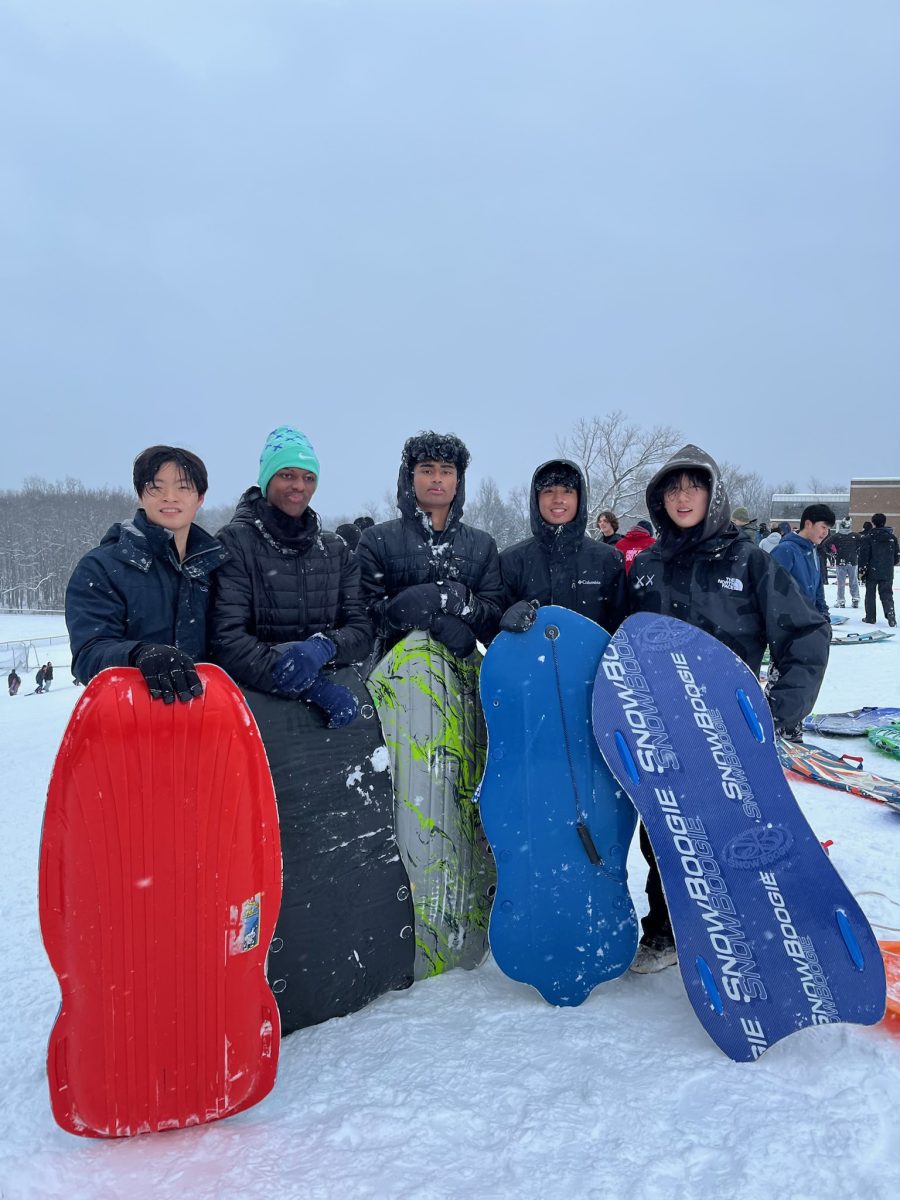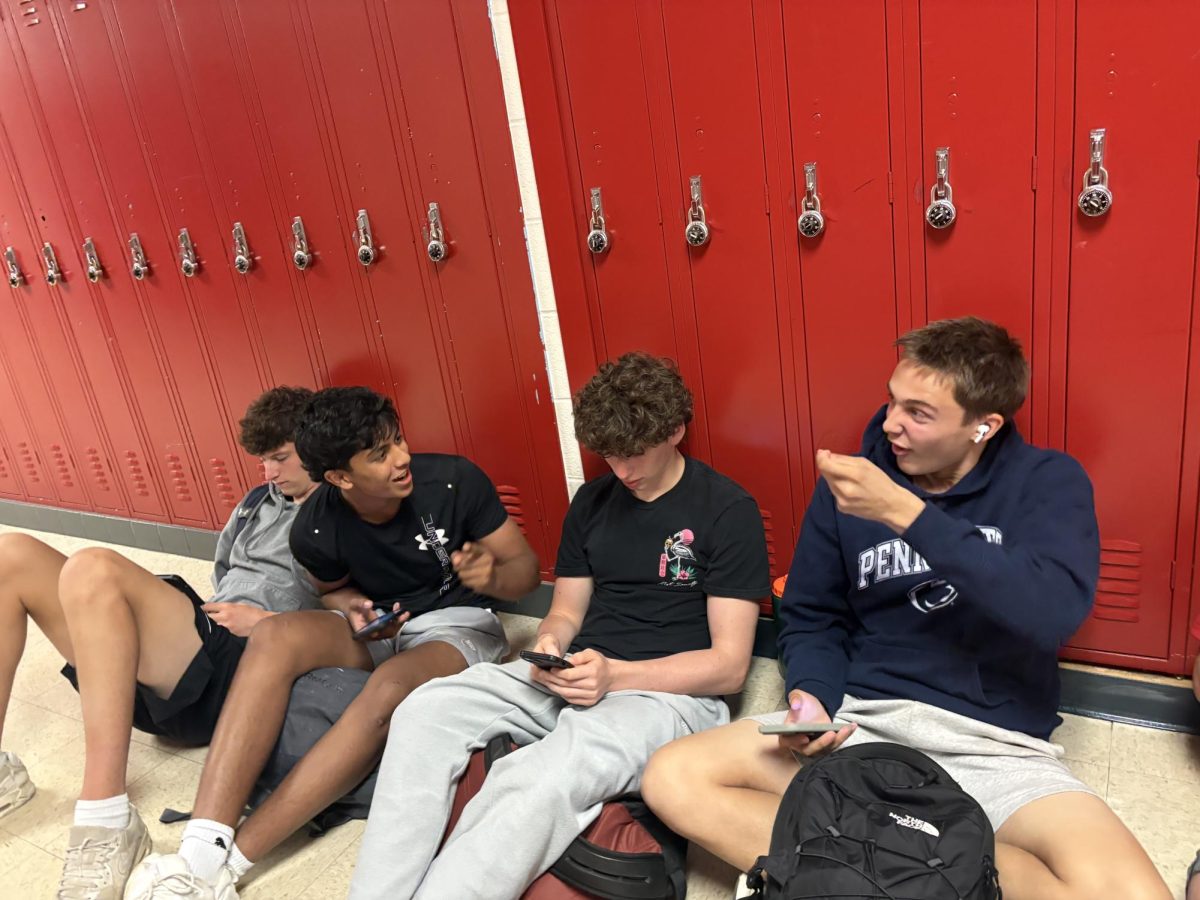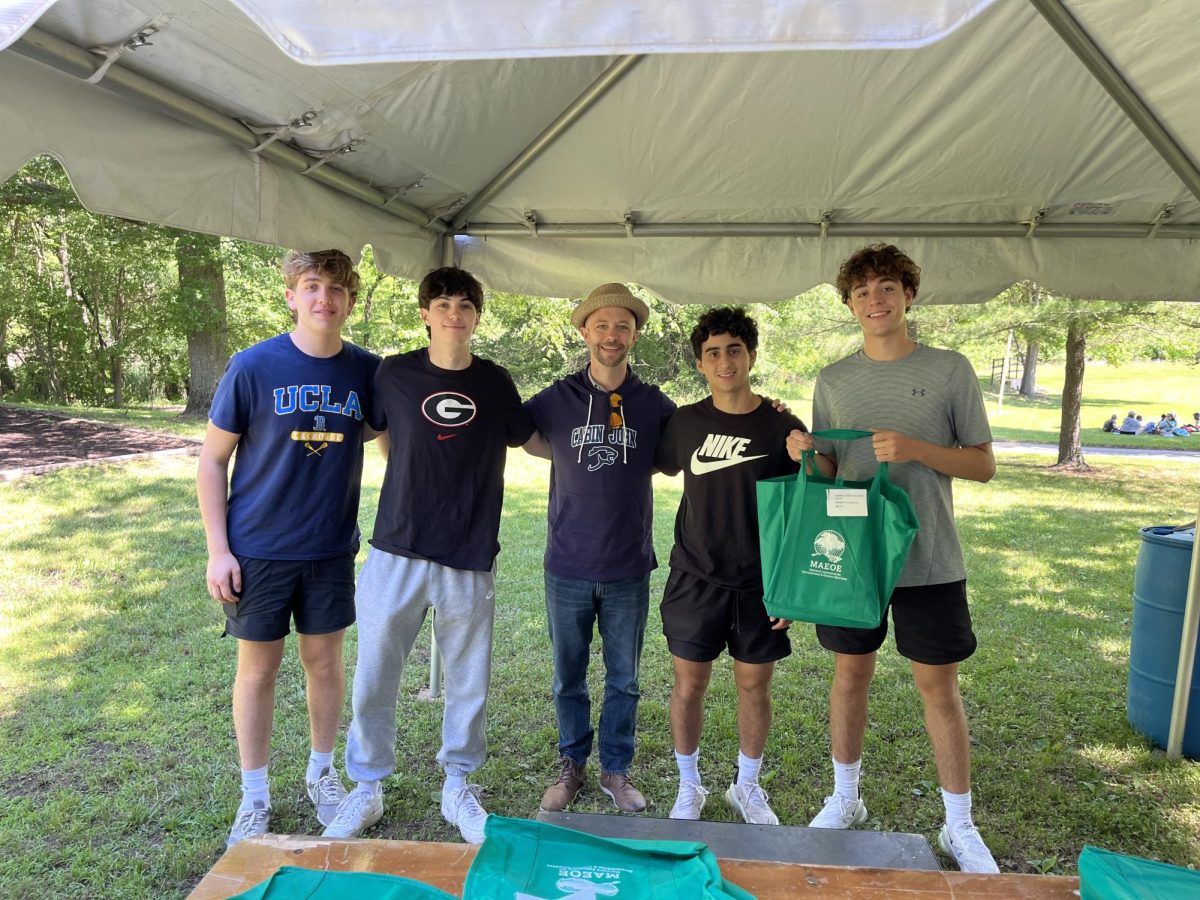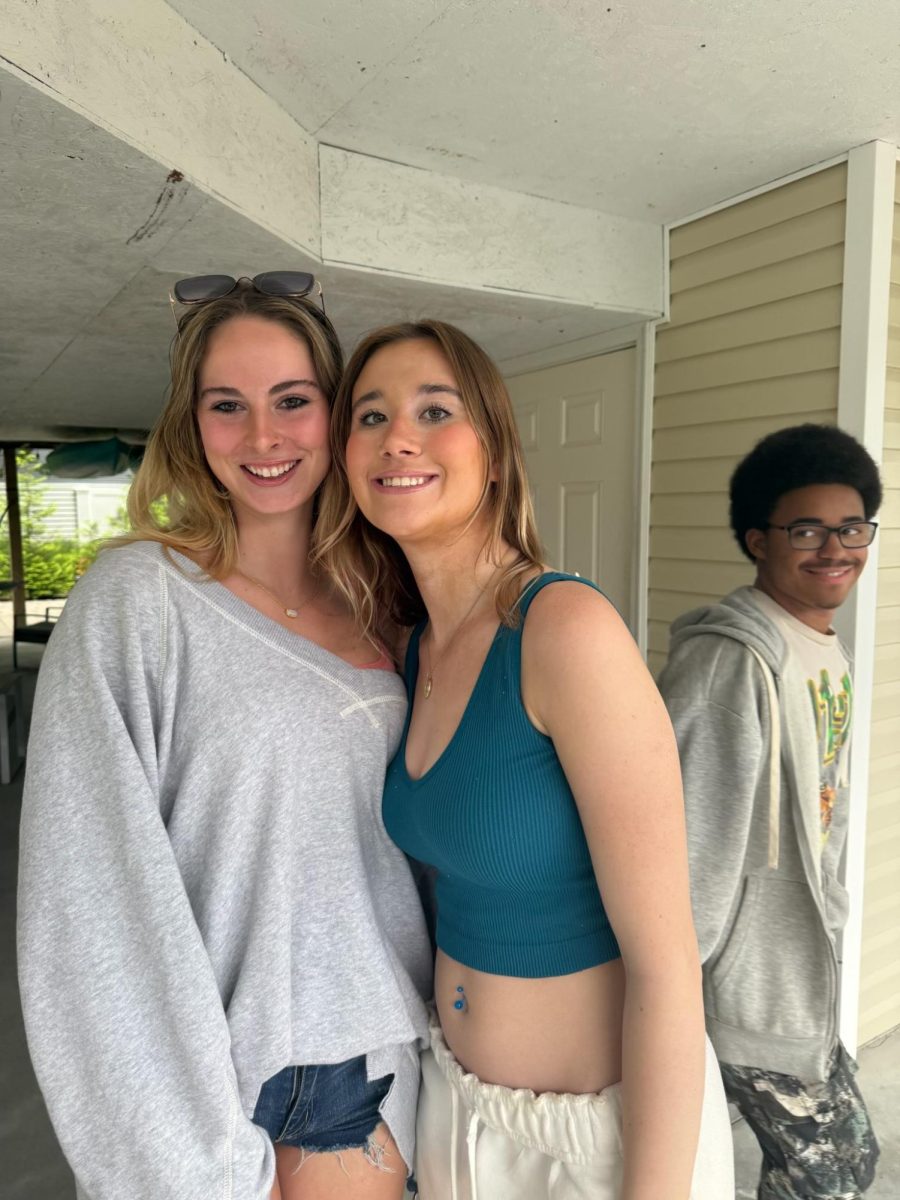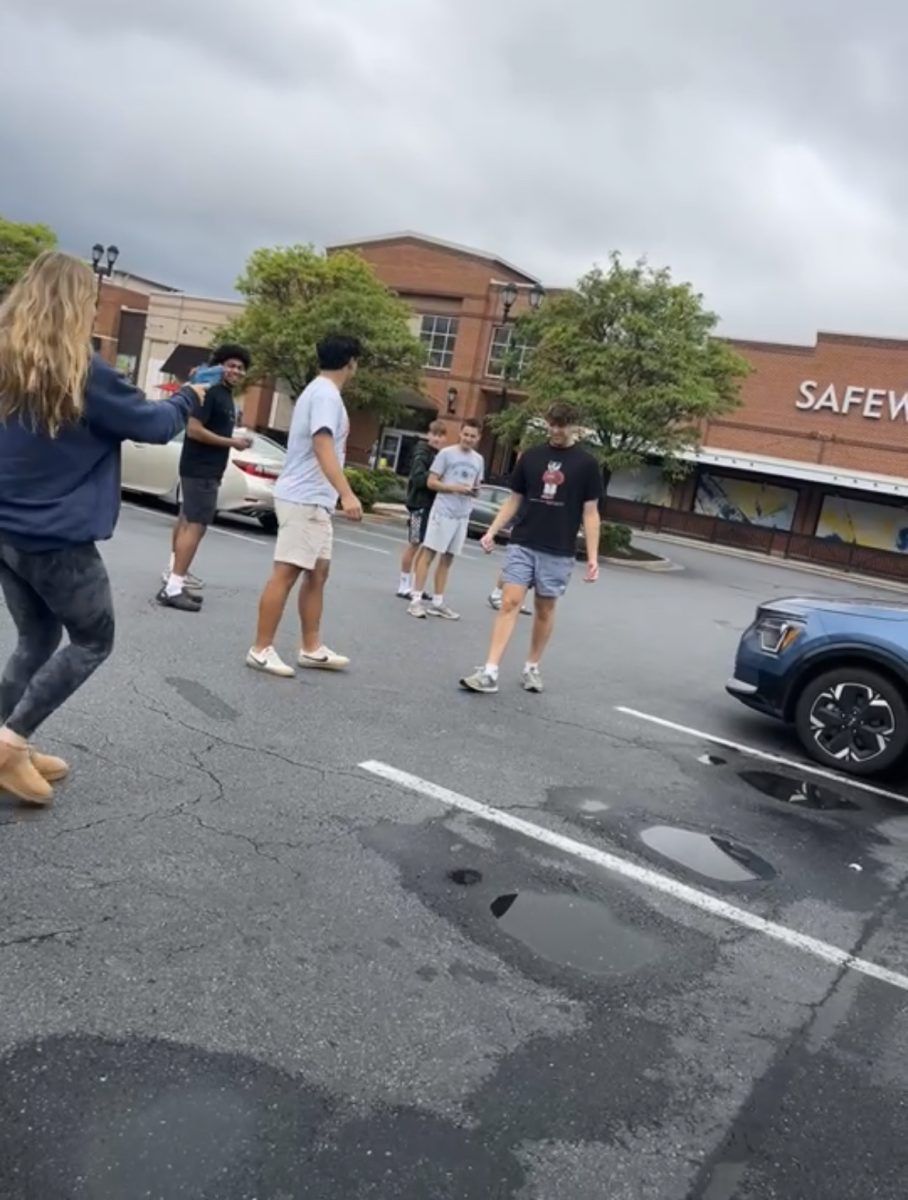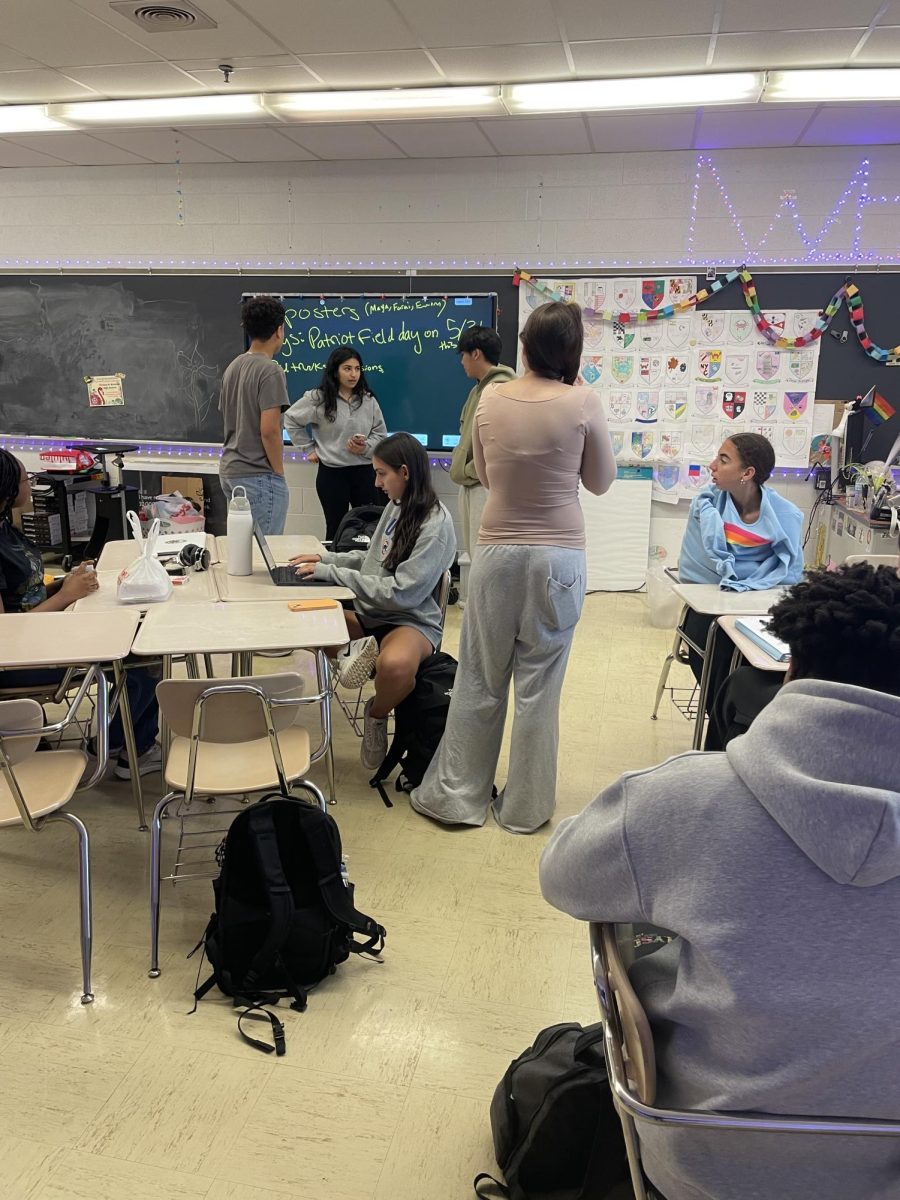What I thought was going to be a fun, exciting snow day turned out to be one of the most painful and unforgettable days of my life.
The Nationwide Children’s Hospital launched a study to determine the amount of sledding accidents that occurred in the United States. From 2008 to 2017 they found the number of patients who were injured from sledding and how: “Nationwide Children’s Hospital found that 220,488 patients were treated in U.S. emergency departments for injuries related to sledding from 2008 through 2017.”
Of those accidents 63% were from collisions, another 47% were from collisions from objects around the environment, 16% from when they hit the ground, 10% ran into another person and 7% ran into another sled. For me, I checked four out of the five boxes and I became another statistic for research.
The night before the snowy day was Monday, Jan. 15. I was sitting down with my friend and other family friends while we enjoyed an NFL playoff game between the Philadelphia Eagles and the Tampa Bay Buccaneers. We watched the snow pile up outside, next to a warm fire. While snow continued to cover the roads, we talked about the likelihood of school being closed.
The next day, as I had expected, I woke up to no school. I made myself breakfast, got dressed, made my bed and brushed my teeth all in a big rush. I had to complete a few chores before I could respond to the text I had received from my friend. “Yo frost at 11:30,” sophomore Shreyas Ganeshan said.
I texted him back that I was ready to go at about 12 p.m. My friends, sophomore Cameron Cowen, Varun Rajesh, Ganeshan and I arrived at Maryland’s version of Mount Everest – The Frost Hill – ready to sled. Looking down, there appeared to be hundreds of people on the slope. We noticed a couple of our other friends sledding and immediately joined. Our first two times down went by quickly, but we prepared to do something bigger than sled down a simple hill.
On the third run, we decided to make a chain by grabbing onto each others’ sleds. We had noticed someone created a bump near the bottom of the hill and decided to aim for it in hopes of catching wind. I was the first person in the chain. I used my hands to scooch forward and we had someone push us along from the back. We began to move forward at a good pace, and the further we went down, the faster we moved forward. Midway through the hill, I thought there was no way we would actually hit the jump. Before I could even process my surroundings, as the world flew by me, I smacked into the jump. While in the air, life itself felt still, until I suddenly snapped out of it when I hit the ground and came to a complete stop. I fell off my sled and collided with my three other friends.
For the next 20 seconds, I fought for every breath I took. I was struggling to breathe in and out. I finally caught my breath and calmed myself down. Trying to avoid other sledders, I crawled on my knees off to the side where I collapsed next to my friends.
I laid on the ground with a blinding pain on the right side of my body. I saw one of my friends with a bloody nose, changing the color of the white snow beneath him. I told Cameron to call my mother. While my mother was on her way, I stumbled from the bottom of the Frost hill all the way toward the Wootton pillars.
My mom pulled up in a quick manner, and as I crept toward the car and climbed in, I took one last look at my friends and said goodbye. This was the last time I saw any of them for the next two weeks.
Once I had arrived at the hospital, the fear-induced adrenaline was all gone, and I could barely walk. I was wheeled up to a room where they tried to get me to a stable temperature and began asking me several questions. I could barely process half of them as I grunted every response.
After what felt like days, but was only one hour later, the doctors finally took my x-ray and brought me to a CT scan. I used every bit of energy I had left to crawl into the next hospital bed. “Breathe in when I say so, then breathe out when I say so,” my doctor said.
My mind began to panic, as I entered a large white tube-looking machine that moved back and forth for exactly five minutes. A few hours later, a nurse crew came in and finally told me what was wrong. What I had thought to be a broken rib turned out to be a lacerated liver. They told me that surgery may be necessary and that they were going to need to monitor my blood. Just when I thought it couldn’t get worse, the doctors told me and my parents that I needed to be airlifted to a hospital in D.C..
Though I was still in 10 out of 10 pain, I felt relieved that I finally knew what was wrong and how it was going to be fixed. They could finally give me a real dose of painkillers before the helicopter would arrive to get me.
The helicopter arrived and for the first time in hours, I felt comfortable. I felt warmth cover my body, and I finally had peace of mind.
Unfortunately, I could not enjoy the spectacular views that the ride had to offer. I laid down with my head flat on the bed, feeling at rest. A quick 20 minutes later I found myself in a toasty warm surgical room. Doctors redundantly asked me the same questions as before.
After surgery, I went to my hospital room, which would be my home for the next three days. In that same bed, I spent all three days uncomfortable, in pain, and unable to get any real sleep. The days ticked by slowly and painfully but eventually, I was released.
When I arrived home I was still barely able to walk. I spent the majority of the next week in bed, recovering from the accident. I returned to school on Jan 30. Seeing all of my friends made me a lot happier, and I was pain-free for the most part. All that remained was an intense sore spot on my right side.
To this day I can still feel the pain, but I continue to move on with my life. The next time it snows again, and you rush out the door with your sled, think twice about your safety. I highly recommend not getting a lacerated liver.


